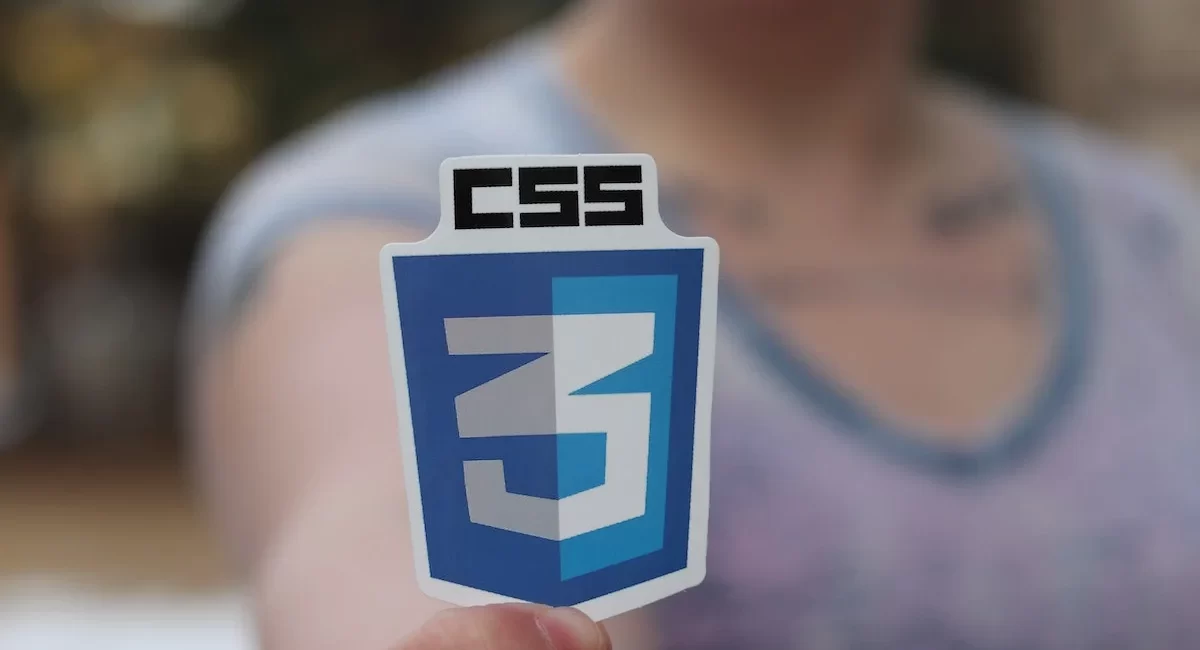Learning CSS – An Introduction
CSS (Cascading Style Sheets) is the language used to style elements on a web page. It separates the content (HTML) from the presentation, making websites more efficient and maintainable.
Understanding the Basics
- Selectors: These are used to target specific HTML elements to which you want to apply styles.
- Example:
body,h1,.class-name,#id-name
- Example:
- Properties: These define the styles you want to apply.
- Example:
color,font-size,background-color,margin,padding
- Example:
- Values: These specify the value for a property.
- Example:
red,16px,#f0f0f0,10px,20px
- Example:
Basic CSS Structure:
CSS
selector {
property: value;
}
Use code with caution.
Example:
CSS
h1 {
color: blue;
font-size: 36px;
}
Use code with caution.
Key CSS Concepts
- Box Model: Understanding the content, padding, border, and margin of an element is crucial for layout.
- Color: Learn about color models (RGB, HEX, HSL), color properties, and applying colors to elements.
- Fonts: Explore font properties, font families, and how to incorporate web fonts.
- Typography: Grasp the concepts of font size, line height, letter spacing, and text alignment.
- Backgrounds: Learn about background images, colors, gradients, and repeating patterns.
- Borders: Customize the appearance of element borders with properties like width, style, and color.
- Layout: Master different layout techniques like flexbox, grid, and positioning.
- Responsive Design: Create websites that adapt to different screen sizes using media queries.
Practical Tips for Learning CSS
- Start with the basics: Build a strong foundation before moving to complex concepts.
- Practice regularly: Create small projects to apply your knowledge.
- Experiment: Try different combinations of properties and values to see their effects.
- Use online resources: Explore tutorials, documentation, and code examples.
- Inspect other websites: Analyze how different websites are styled.
- Join online communities: Interact with other developers and learn from their experiences.
- Understand CSS preprocessors: Consider learning preprocessors like Sass or Less for efficiency.
Popular CSS Frameworks
- Bootstrap: A responsive framework for building user interfaces.
- Foundation: Another popular framework with a focus on grid layouts.
- Materialize: Inspired by Google’s Material Design.
Additional Tips
- Code organization: Use comments and indentation to improve readability.
- Browser compatibility: Test your CSS across different browsers.
- Performance optimization: Optimize your CSS for faster loading times.
- Accessibility: Ensure your styles are accessible to users with disabilities.
By following these guidelines and practicing consistently, you can develop a strong foundation in CSS and create visually appealing websites.




Leave a Comment